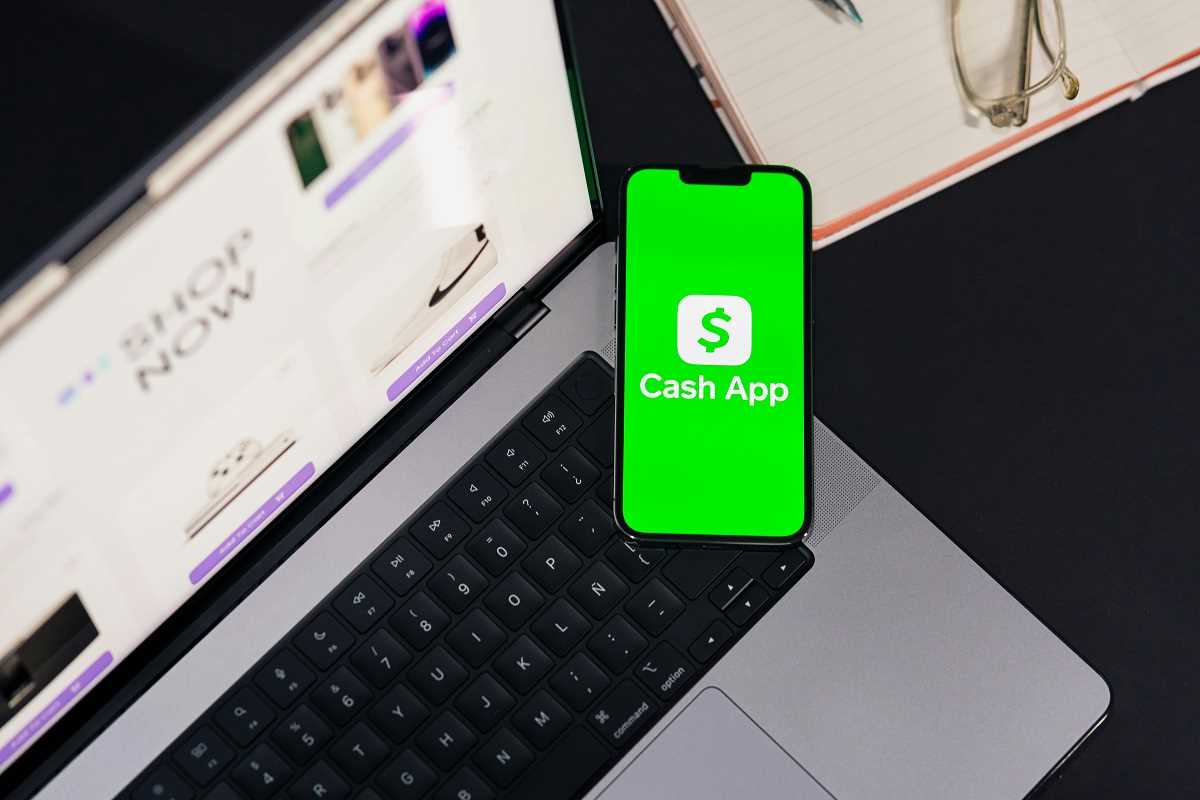Email marketing remains one of the most effective tools for driving sales and building customer relationships in the e-commerce space. To maximize its potential, you need a clear, detailed strategy that leverages modern best practices.
Below, we’ll break down how to build an effective email marketing strategy, focusing on segmentation, personalization, effective timing, and performance measurement to boost your open rates and conversions.
Define Your Goals
Before jumping in, establish the main goals you want to achieve with your email campaigns. Whether you’re aiming to increase sales, boost customer retention, drive traffic to your site, or grow your email list, having a clear objective will guide every decision.
Set Specific and Measurable Targets
Instead of saying, "I want more subscribers," aim for "an increase of 10% in subscribers over the next six months." Similarly, track specific metrics like open rates, click-through rates (CTR), and conversions to assess how your campaigns perform.
Build and Segment Your Email List
Having a robust email list is crucial, but segmentation takes it to the next level by ensuring your emails reach the right audience with the right message.
Grow Your List Organically
Focus on ethical practices to grow your list, such as:
- Offering an Incentive: Provide discounts, free shipping, or exclusive content in exchange for email addresses.
- Using Signup Forms: Add an easy-to-use form on your website, blog, and checkout page.
- Leveraging Social Media: Promote your email signups through engaging social media campaigns.
Apply Segmentation
Segmentation categorizes your subscribers into specific groups to send them highly relevant emails. Common ways to segment include:
- Demographics: Age, gender, or location.
- Purchase Behavior: Segment by past purchases, spend frequency, or buying habits.
- Engagement Level: Group active subscribers separately from those who rarely open emails.
- Lifecycle Stage: Differentiate between new subscribers, first-time buyers, and repeat customers.
A customer who purchases athletic shoes might be more inclined to open emails featuring fitness tips or related promotions, compared to someone who purchases formal wear.
Personalization is Key
Personalization increases customer engagement and improves conversions. Modern email marketing platforms offer tools to tailor content to subscribers in ways far beyond using their first name.
Craft Tailored Content
- Dynamic Content: Use dynamic blocks to display different content to different subscribers within the same email. For example, show product recommendations tailored to each subscriber’s preferences.
- Behavior-Based Triggers: Send emails based on actions, like abandoned carts, product views, or subscription anniversaries.
- Special Occasions: Celebrate birthdays, anniversaries, or other milestones with personalized deals.
Personalization makes the customer feel valued and connected to your brand, which ultimately leads to higher engagement and loyalty.
Write Compelling Subject Lines
The subject line is your email’s front door. If it doesn't grab attention instantly, it’s unlikely your email will be opened.
Best Practices for Subject Lines
- Keep it Short: Aim for no more than 9 words or 50 characters.
- Instill Curiosity: Use intriguing language that hints at the benefit, like “Your next favorite product is waiting.”
- Add Urgency: Phrases like “Limited Time Offer” or “Only 2 Days Left” drive immediate action.
- Be Specific: Avoid vague promises. Instead of “Big Sale,” try “Save Up to 30% on Summer Styles!”
- Test Variations: Try A/B testing to see which subject lines resonate most with your audience.
Remember, a strong subject line sets the stage for higher open rates.
Timing Matters
The timing of your email campaigns can significantly affect open rates and conversions. Sending emails when your audience is most active ensures better engagement.
Determine the Best Times
- Email Analytics: Use data to identify when subscribers tend to open emails or click links.
- General Trends: Many marketers find that weekday mornings between 9 AM and 11 AM yield strong results.
Send Frequency
Find a balance between staying on your subscribers’ radar and overwhelming them. A good starting point is sending one to two emails per week, but monitor responses to find your audience's sweet spot.
Measure and Optimize Performance
To refine your strategy and drive better outcomes, regularly analyze performance metrics.
Key Metrics to Track
- Open Rate: The percentage of recipients who opened your email. Low rates could signify unengaging subject lines or irrelevant content.
- Click-Through Rate (CTR): The percentage of clicks on links within your email. Low CTRs may indicate the content isn’t compelling or the design isn’t optimized.
- Conversion Rate: The percentage of users who completed a desired action (e.g., making a purchase) after clicking through.
- Bounce Rate: A high bounce rate indicates issues with your email list, such as invalid or outdated addresses.
- Unsubscribe Rate: High unsubscribe rates suggest you might need to reevaluate content or frequency.
Continuously Improve
- Conduct A/B Testing: Experiment with subject lines, templates, CTAs, and timing to learn what resonates best with your audience.
- Analyze Subscriber Feedback: Use surveys to understand what content subscribers want more or less of.
- Refine Based on Data: Use analytics and trends to fine-tune future campaigns.
- Increase Open Rates and Conversions
Getting your emails opened and converting requires thoughtful design and a focus on user experience.
Simplify and Focus
Keep your message clear and concise. No subscriber wants to read a wall of text.
Strong CTA Design
Use buttons or links with action-oriented language like “Shop Now,” “Learn More,” or “Claim Your Offer.” Place them prominently and make sure the design aligns with your brand.
Ensure Mobile Optimization
Most emails are opened on mobile devices. Use mobile-responsive templates that adjust to various screen sizes. Check how your email looks on different devices before hitting send.
An effective email marketing strategy is about delivering value, staying consistent, and using data to guide your efforts. Start implementing these practices today, and watch as email becomes a major growth driver for your store.
 (Image via
(Image via (1).jpg)





